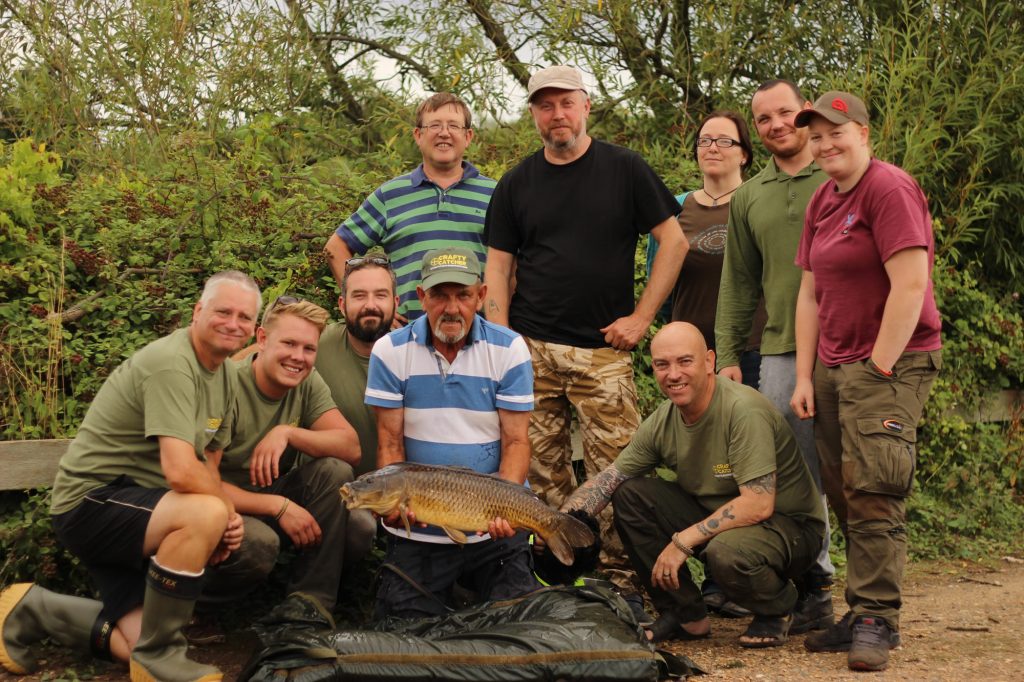Otter Fencing Maintenance
Once the project has been completed, fisheries cannot afford to become complacent.
- The boundary fence in its entirety must be checked regularly, with some fisheries undertaking this daily. It is essential the boundary is checked immediately following severe gales and any damage repaired immediately. During the winter months, be conscious of drifting snow.
- To assist with the visual inspection of the fence line, encroaching vegetation may need to be controlled on a regular basis. Avoid using brushcutters, since these can easily damage and cut the fence wire.
- Check the inlets/outlets, especially following periods of heavy rainfall. It is imperative to inspect the base of any pipework and/or otter proof grills as over time water can erode underneath such structures giving access to otters.
- Ensure the gates continue to close properly. Replace any damaged or missing signs and ensure that all members and visitors remain vigilant.
- Look for possible entry points being dug in, or out by rabbits, badgers etc. In some circumstances this may require some rabbit control to be undertaken.
- If you use an electric fence to protect your fishery or incorporate electric scare wires in addition to a ‘barrier’ fence, then please ensure the electric circuit is intact, adequately powered and not shorting out and that the battery life is adequate.
- Be aware that mink are naturally smaller and more agile than otters and depending on the fence design may still be able to enter the fishery. Further details on how to control non-native American mink (Neovison vison) can be found under the best practice guidance here.
- Monitor boundary trees.
- Unfortunately, some sites have suffered from deliberate vandalism of their fence lines, with holes being cut through the fence, so maintain good relations.
- Finally, if you think you may have a problem and are unsure of the point of entry, then consider installing a trail camera(s). But, if you have found a possibly entry point, do not be too eager to block up that point, until you are satisfied the otter is back on the outside. Again, consider using a trail camera.
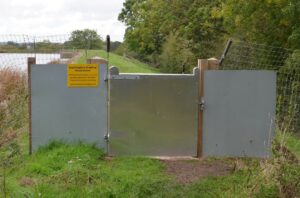
A self-closing gate complete with a concrete pad. With no gaps of over 50mm and clad with sheet metal, there is no way that an otter can gain entry.
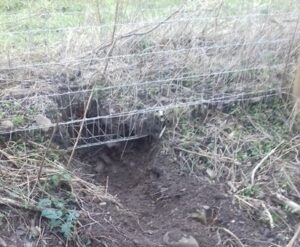
Rabbits can easily dig under fences that are not sufficiently buried or lack of skirt, so regular checks are necessary.

Otters are excellent climbers and therefore any tree boughs overhanging an otherwise secure otter fence represent an easy entry point.

Over time, wire overhangs on gates will bend and break, leaving access points for otters. This needs a trim that will fit flush against the pad.
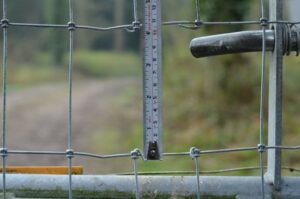
This gap of 100mm is a weakness
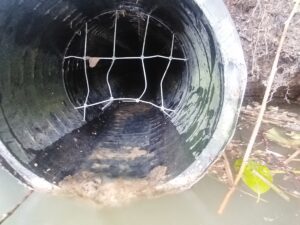
Breached inlet pipe







